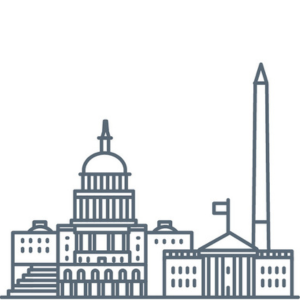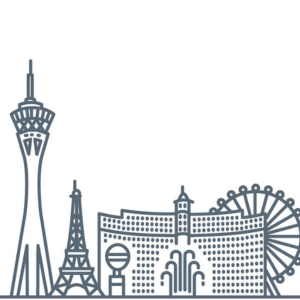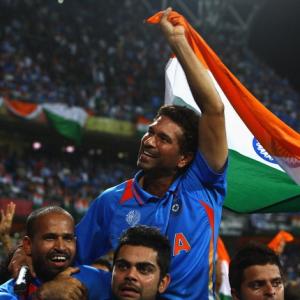The Cold War and cultural diplomacy
The Cold War, a period of ideological rivalry and geopolitical tension between the United States and the Soviet Union, had a significant impact on cultural diplomacy, propaganda, and the arts. This ideological struggle played out through various cultural exchanges, propaganda efforts, and artistic expressions, shaping global perceptions and influencing public opinion during the Cold War era.
One of the key aspects of cultural diplomacy during the Cold War was the use of cultural exchanges to promote ideological agendas and showcase the strengths of each side. Both the United States and the Soviet Union engaged in cultural exchanges, sending artists, musicians, intellectuals, and athletes abroad to showcase their respective cultures and ideologies. These exchanges aimed to win hearts and minds, build international alliances, and project soft power on the global stage.
However, cultural exchanges were often intertwined with propaganda efforts, as both superpowers sought to portray themselves in a favorable light and discredit their ideological opponents. Propaganda played a central role in shaping public perceptions, with each side using media, art, literature, and film to promote its political ideology, values, and worldview. Cold War propaganda often relied on stereotypes, caricatures, and exaggerations to demonize the enemy and rally support for one's own cause.
The arts became a battleground for ideological contestation during the Cold War, with artists, writers, filmmakers, and musicians producing works that reflected and challenged prevailing political narratives. In the United States, the emergence of Abstract Expressionism and the Beat Generation represented artistic expressions of individualism, freedom of expression, and cultural rebellion against conformity and censorship, challenging the perceived rigidity of Soviet cultural norms.
In contrast, the Soviet Union promoted socialist realism as the dominant artistic style, emphasizing themes of heroism, collectivism, and proletarian struggle in literature, visual arts, and cinema. Soviet cultural policies often censored works deemed subversive or counter-revolutionary, leading to tensions between artists and the state.
The Cold War also influenced global cultural movements and trends, as countries and regions aligned themselves with either the Western bloc or the Eastern bloc, shaping artistic collaborations, exchanges, and influences. The rise of cultural nationalism, identity politics, and anti-colonial movements further complicated the Cold War cultural landscape, as artists and intellectuals sought to navigate complex geopolitical realities and assert their own voices and perspectives.
In conclusion, the ideological rivalry between the United States and the Soviet Union during the Cold War era profoundly influenced cultural diplomacy, propaganda, and the arts. Cultural exchanges, propaganda efforts, and artistic expressions served as battlegrounds for ideological contestation, shaping global perceptions and influencing public discourse in a deeply polarized world.








































